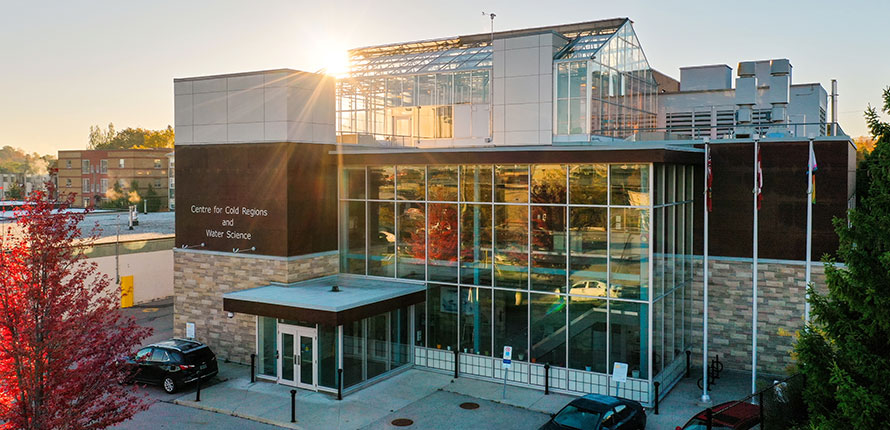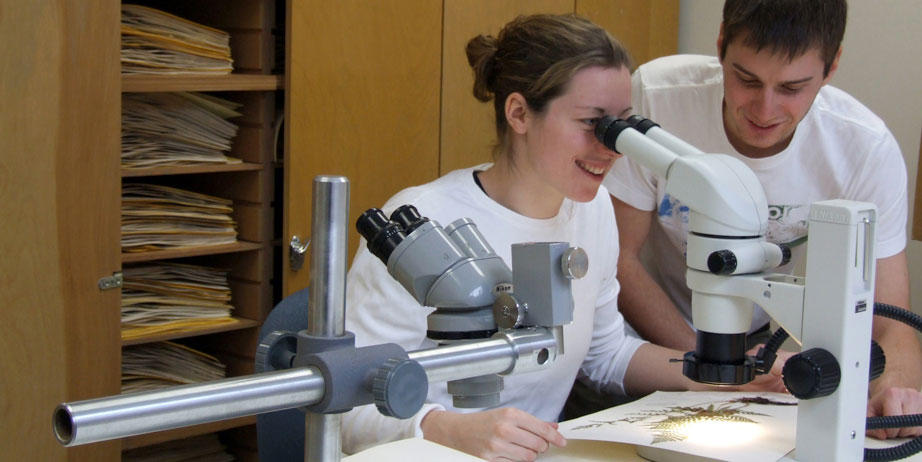Laurier scientists are building miniaturized brains to study cancer, Alzheimer's and Parkinson's.
Search for academic programs, residence, tours and events and more.
Read about some of the research that comes out of the Faculty of Science.
At the Faculty of Science, our faculty members are actively engaged in research across all of our departments with an emphasis on collaborative and interdisciplinary work. Within the faculty and in cooperation with the Office of Research Services, we have several interdisciplinary research centres and research chairs.
Currently, our Canada Research Chairs are:
Watch the video to see Jennifer Baltzer's (one of our Canada Research Chairs) research in the North.
The Faculty of Science is headquartered in the Waterloo campus's Science Building, which boasts state-of-the-art labs, equipment, and software. The adjacent Science Research Centre is where much of the faculty's cutting-edge research is done.
A significant portion of the faculty's research is also carried out at the Northdale Campus on Hickory St. W., Waterloo, and the Centre for Cold Regions and Water Science (CCRWS), a collaborative research facility that houses a variety of state-of-the-art analytical equipment.

A herbarium is a curated collection of pressed and dried plant specimens. Herbaria provide a record of all the plant species discovered so far in the world, as well as of the particular plants growing in a certain geographical area.
Established in 1963 by Arnold Wellwood, Laurier's Herbarium initially supported plant courses at the university and has grown into a critical repository of southern Ontario's plant diversity. Today, it houses around 18,000 vascular plant specimens, including a significant collection of parasitic plants such as Cuscuta (dodders), through research led by Associate Professor Mihai Costea.
The herbarium serves global specialists and outside researchers who access its resources through facility visits and specimen loans through the Index Herbariorum. It also assists public members with plant identification and actively participates in specimen exchanges with herbaria worldwide and hosts the university's Scanning Electron Microscopy facility.
Learn more about Laurier's Herbarium and explore the repository.
